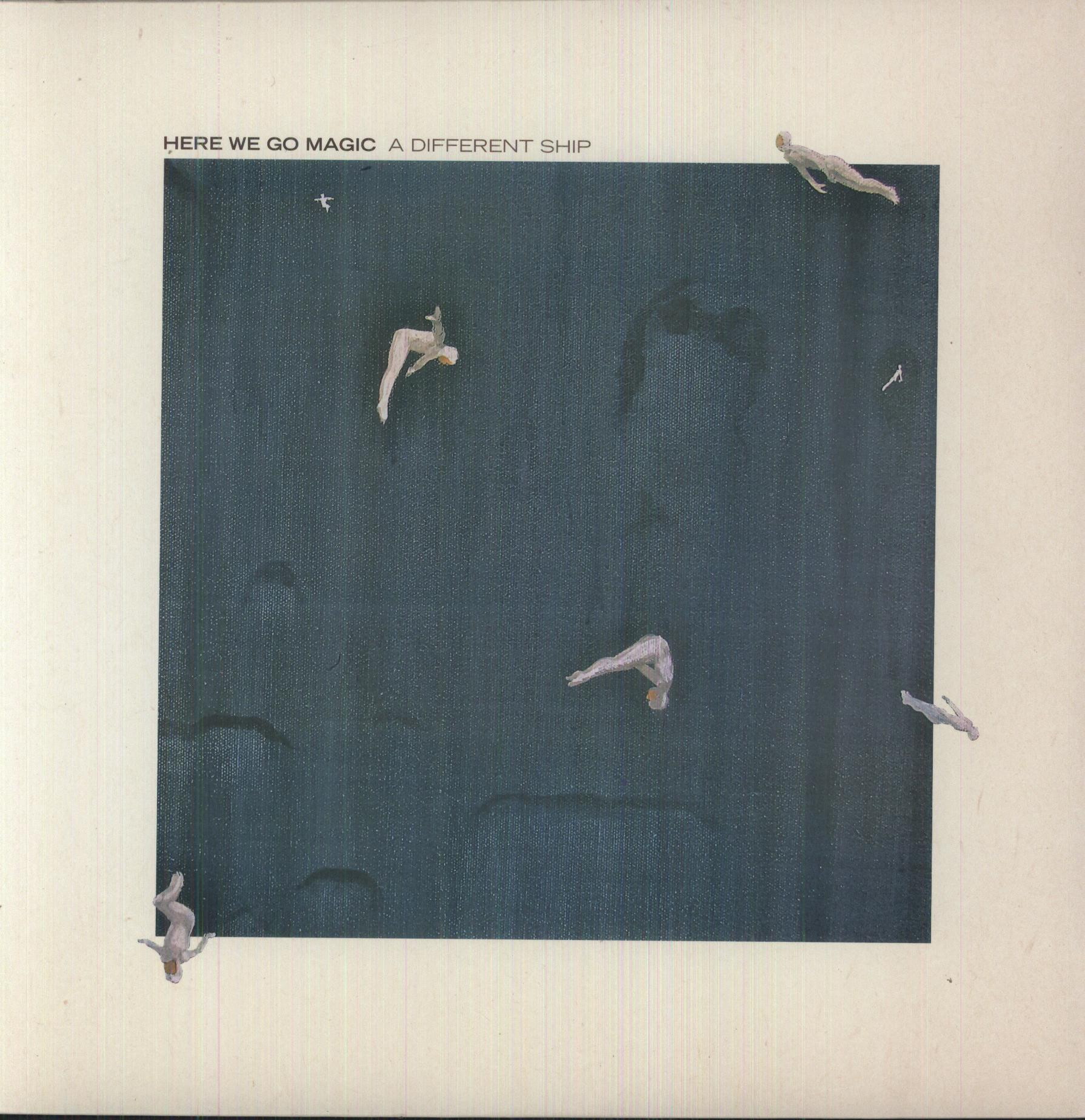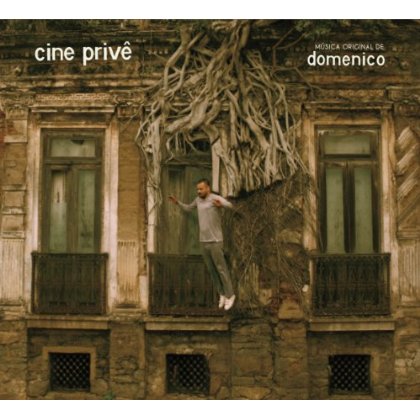
Botello, Robert R.
The danza de matachines is a tradition with roots in the Spanish colonization of Mexico that summons history for Mexican, Chicano, and indigenous communities. The elaborate ritual, regalia, and practices associated with the tradition tell of the repeated appearances of Our Lady of Guadalupe to the Aztec Indian Juan Diego as she provided instructions for the building of a church. Matachines have been dancing in Mexico and portions of the southwestern United States for as long as 300 years, and various troupes in San Antonio date their beginnings to the late 1800s, as immigrants from Mexico brought the tradition to the southern reaches of Texas.
In We Dance for the Virgen, Robert R. Botello, who participated in a family-based troupe from 2006 to 2019, reviews the history of the tradition while contrasting the troupe's internal changes in traditions with those originating from the larger social and political context of San Antonio. In Botello's words, this book "is as much about the dance and its history as it is about my transformation as a matachines dancer." Botello ultimately examines issues of cultural appropriation arising from the association of the troupe with the Roman Catholic Archdiocese of San Antonio, revealing the resilience in a tradition that has remained true to its origins across many generations of dancers.
member goods
notems store

Living Queer History: Remembrance and ...
by Rosenthal, Gregory Samantha
Paperback /Paperback$28.45






